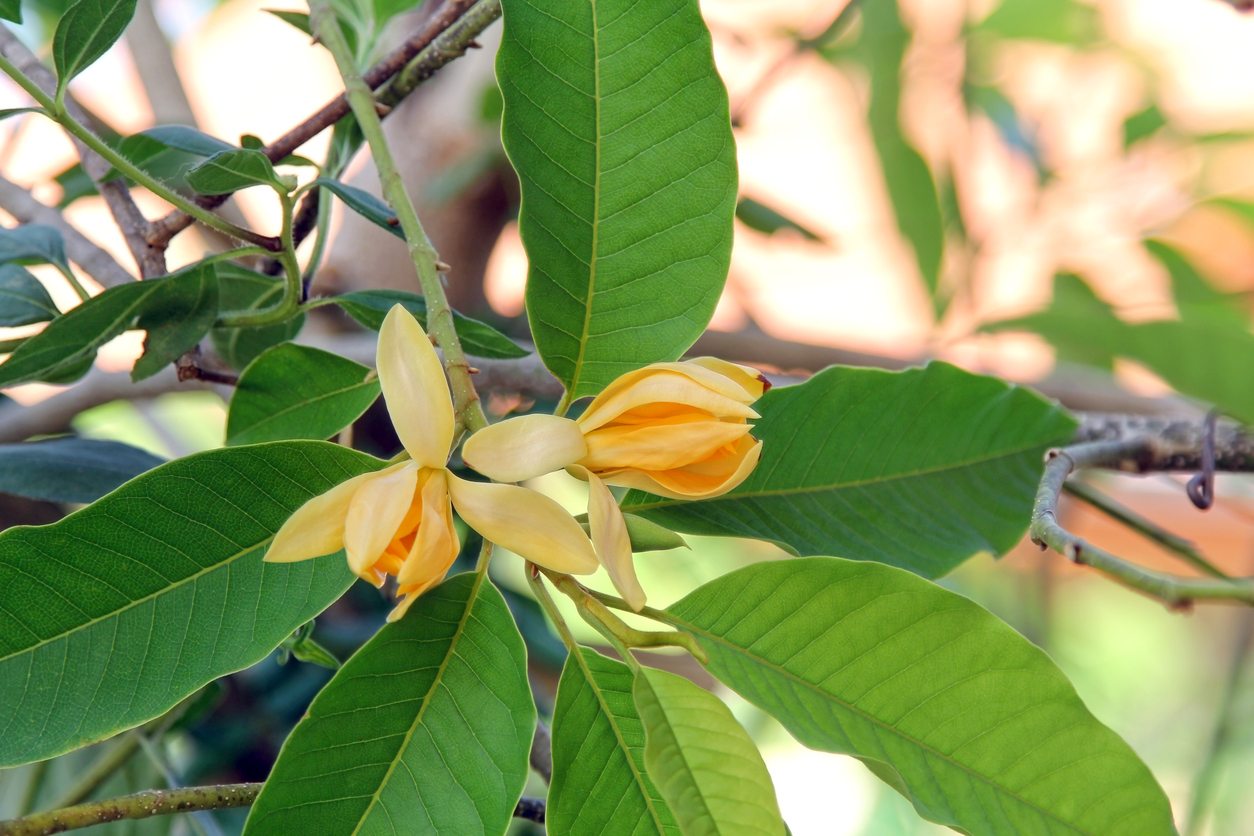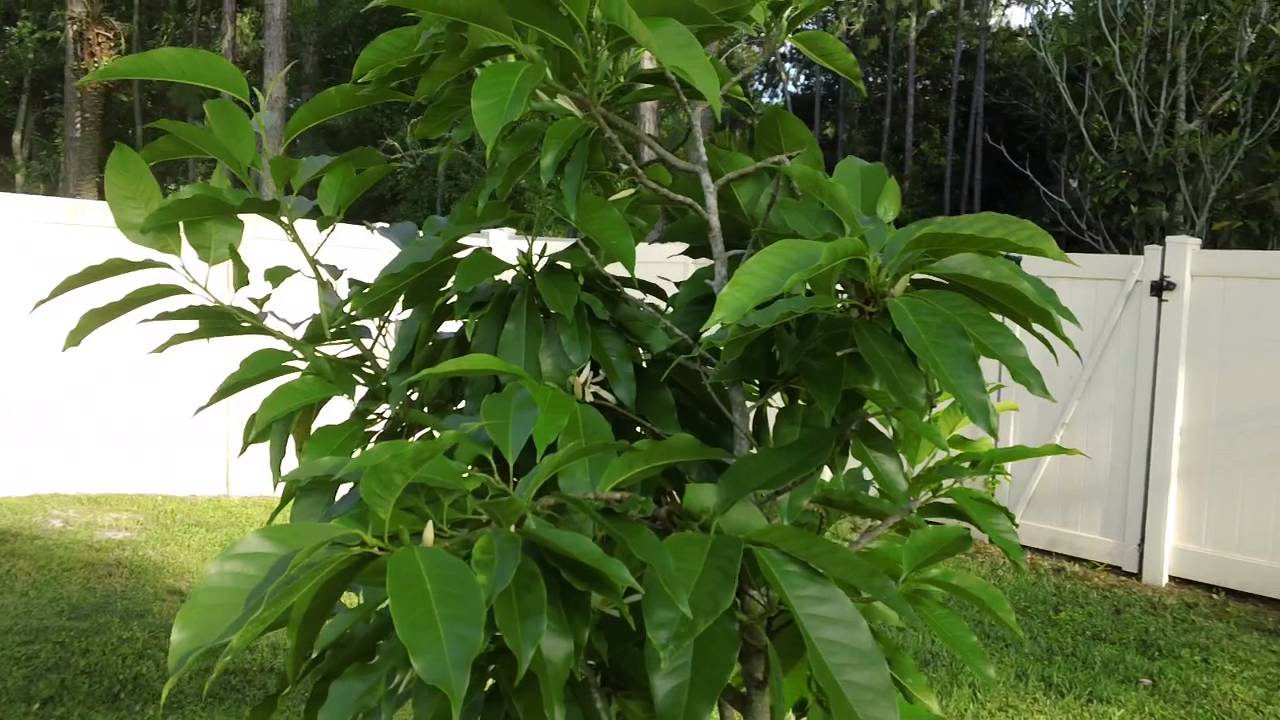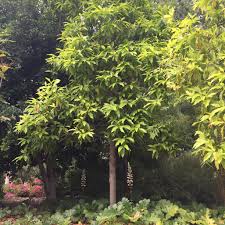Champaca
| Botanical Name: | Magnolia champaca |
|---|---|
| English Name: | Golden champa |
| Local Name: | Local name:- Champa, Golden Champa • Assamese: Tita-sopa • Bengali: Champa • Gujarati: Sachochampo • Hindi: Champa, Son champa • Kannada: Sampige • Konkani: Pudchampo • Manipuri: Leihao • Marathi: Pivalu Champa • Nepali: Aule chaanp |
More Information
Unique identification feature
- Champaca is a large evergreen tree with a close tapering conical to cylindrical crown composed of ascending branches. <!--[endif]-->Champa is very well known flower native to the Himalayas, and popular for its fragrant flowers. It is a tree up to 50 m or taller, up to 1.9 m d.b.h.Flowers are fragrant, tepals 15-20, yellow, inverted-lanceshaped, 2-4 x 0.4-0.5 cm. Staminal connective is protruding and forming a long tip. Buds, young twigs, young petioles, and young leaf blades are pale yellow velvet-hairy. Twigs are ascending and forming a narrow umbelliform crown. Stipular scar 0.3-1 x as long as petiole. Leaf-stalks are 2-4 cm, leaves elliptic or ovate, 10-20 x 4.5-10 cm, slightly puberulous below, base broadly wedge-shaped or rounded, tip long-pointed tp falling off. Fruit is 7-15 cm; mature carpels obovoid-ellipsoid, 1-1.5 cm, tuberculate. Seeds 2-4 per carpel, rugose. Champa is found in the Himalayas, up to NE India and SE Asia, at altitudes of 600-1300 m. Flowering: June-July. Champaca is a large evergreen tree with a close tapering conical to cylindrical crown composed of ascending branches[
Unique identification feature
- Medicinal use:- The aromatic, bitter bark is sometimes used for the adulteration of cinnamon.A decoction of the bark and leaves is given after childbirth.The flowers are used to treat leprosy.The leaves are used as a treatment against colic.Fatty oils extracted from the seeds show antibacterial activity against Bacillus pumilus, B. Subtilis, Salmonella typhosa, S. Paratyphi, Micrococcus pyogenes var. Albus and Staphylococcus aureus.
Planting and Care
- The seeds are oily and quickly lose their viability, so should be sown as soon as possible after harvesting It is best sown in a shady position then moved into more light when the seed has germinat Germination takes from 5 weeks to 4 months. The seedlings are pricked into containers when 2 to 4 cm tall and left to grow for 1 year in the nursery. They can be planted out when they are 30 to 40 cm in height Seed storage behaviour is probably orthodox. Seed viability can be maintained by moist storage at 5°c for about 7 months or in pits at 13°c for about 4 months grafting. Cuttings. Extracts of girdled and etiolated shoots contained a higher level of root-promoting substances than shoots that were only girdled or fresh shoots The best rooting (93.3 percent) and survival of rooted layers (92.1 percent) were obtained with pregirdled and etiolated layers treated with indole butyric acid at 5000 ppm







